Paradigm Shift in Empirical Software Engineering: From Observation to Intelligence.
Empirical Software Engineering (ESE) has traditionally relied on data-driven experiments, controlled studies, and human insights to understand how software is developed and maintained. But a paradigm shift is underway—driven by AI, automation, and large-scale analytics—that is reshaping how researchers and developers extract value from empirical evidence.
Today’s ESE no longer just analyzes software processes; it learns, predicts, and adapts in real time. With access to massive repositories like GitHub, continuous integration pipelines, and AI-assisted development tools, empirical research has evolved from being reactive to proactively intelligent.
Key transformations defining this paradigm shift include:
-
AI-Augmented Analysis: Machine learning models are automating defect prediction, code review, and effort estimation based on vast empirical data.
-
Continuous Experimentation: Instead of static studies, modern ESE leverages DevOps pipelines for ongoing measurement and improvement.
-
Reproducibility through Open Science: Shared datasets, mining software repositories, and transparent methodologies are becoming the norm.
-
Human-Centric Insights: Combining behavioral analytics with development data to improve productivity, collaboration, and well-being.
-
Interdisciplinary Integration: ESE now blends psychology, data science, and organizational behavior with traditional software metrics.
This new paradigm positions Empirical Software Engineering not as a supporting discipline but as a strategic enabler for intelligent, adaptive, and ethical software development.
Frequently Asked Questions
1. What is Empirical Software Engineering (ESE)?
ESE is a research approach that uses experiments, observations, and data analysis to understand how software is developed and improved in real-world settings.
2. What is causing the paradigm shift in ESE?
The integration of AI, large-scale data analytics, automation, and reproducible research practices is transforming traditional empirical methods into intelligent, continuous systems.
3. How does AI enhance Empirical Software Engineering?
AI helps detect patterns, predict failures, and automate data collection and analysis—enabling real-time insights from code repositories, issue trackers, and developer behavior.
4. Why is reproducibility important in ESE?
Reproducibility ensures transparency and credibility of research findings, allowing other researchers or organizations to validate and extend results.
5. How does ESE impact software development teams?
ESE informs better decisions around code quality, project management, tool usage, and team dynamics—leading to higher efficiency and reliability.
6. What tools or platforms are advancing this shift?
GitHub data mining, continuous integration systems (e.g., Jenkins, GitLab CI), ML frameworks, and open datasets like MSR and PROMISE are pivotal to modern ESE research.
7. What’s the future of Empirical Software Engineering?
ESE will increasingly converge with AI-driven development, focusing on predictive analytics, ethical AI models, and continuous learning ecosystems.













 2025. All rights reserved
2025. All rights reserved